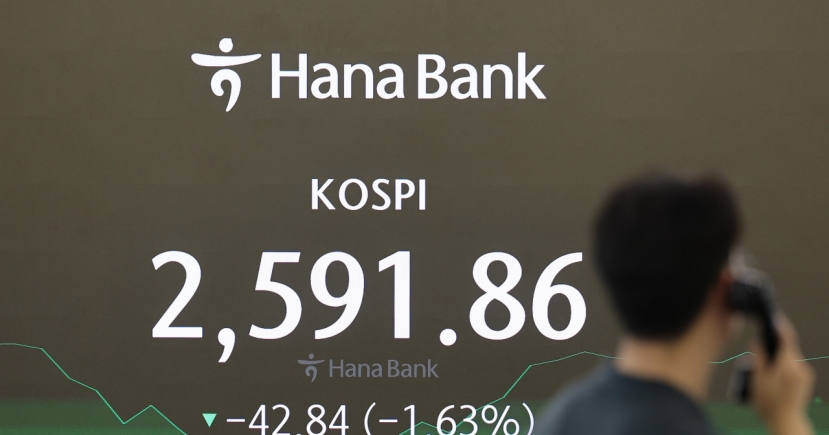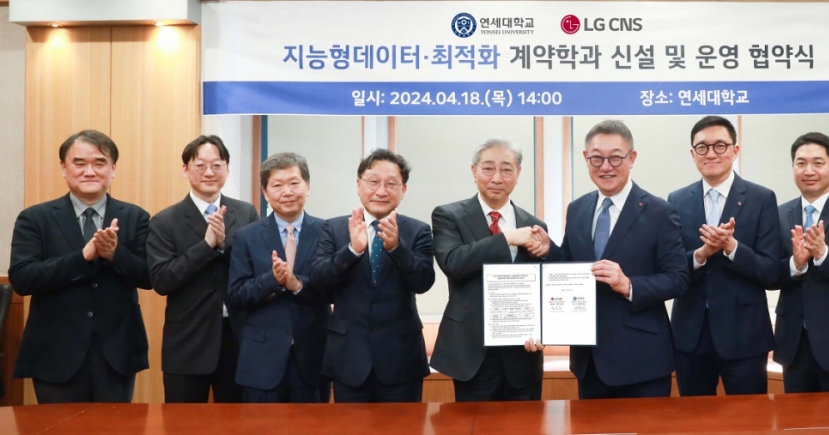Mobile & Internet
Foreign makers keep eye on changes in smartphone distribution
[THE INVESTOR] Foreign smartphone makers are keeping a close eye on the local lawmakers’ moves to reform smartphone distribution channels in Korea in hopes of further penetrating into the market dominated by Samsung and LG.
Currently, the Korean smartphone market is reined by two local firms, Samsung Electronics with a 63.8 percent share and LG Electronics with 11.8 percent. Apple holds an 11.9 percent share while other brands have little presence, according to Rep. Byun Jae-il from the ruling Democratic Party.
The solid presence of Korean firms is partly driven by the nation’s unique distribution channels in which local telecom carriers entice customers by giving subsidies on Samsung and LG phones based on prior arrangement among the carriers and handset makers.
They provide less subsidies on Apple phones as they have no prior arrangement with Apple and provide none to other Chinese and Japanese brands because their phones are not sold via carriers but through their own stores or online.
Samsung and LG’s strong presence may change in the future as local politicians have recently presented bills to make telecom operators less or not involved in smartphone pricing in the name of making the market more transparent. If the bills that minimize the link between telecom operators and phone manufacturers are endorsed, more consumers are expected to turn their eyes on budget phones including those made by foreign brands, industry sources said.
“Most Koreans buy their phones via telecom operators and they are not familiar with buying them without the carriers. But we see a growing trend among young people buying their new smartphones online or retail stores and the bills -- if passed -- will diversify such sales channel,” said a Sony official.
In Korea, only 8 percent of the smartphone owners bought their devices without going through telecom operators compared to the global average of 61 percent, according to the US search firm Strategy Analytics.
“The bills -- if passed -- may not bring about dramatic changes, but it will still give more opportunities to Apple and Chinese smartphone makers,” said Lee Byung-tae, a business administration professor at the Korea Advanced Institute of Science and Technology.
Foreign brands have been moving to introduce phones with affordable prices and premium features in the market here, citing how the current prices of premium smartphones now reach as high as 1 million won ($884) while the technological innovations have turned stagnant.
The price of the LG V30 unveiled in late August started from 949,300 won while that of Samsung’s Galaxy Note 8 showcased on the same month started from 1 million won. The latest premium smartphones made from Japan and China cost less than 800,000 won.
Japanese phone maker Sony that sells its phones through its own stores and online launched its flagship phone Xperia XZ1 Compact last week following the launch of Xperia XZ1 in September. Xperia XZ1 Compact and Xperia XZ1 cost 699,000 won and 799,000 won respectively.
This month, Chinese tech giant Huawei is also slated to launch its budget model P10 Lite that costs from 300,000 won while another emerging Chinese firm Xiaomi is slated to launch its A1 this year that costs around 200,000 won.
“Korean consumers have begun to change their perception that Chinese phones easily have technical problems and notice the cost-effectiveness of the phones,” said a Huawei official.
By Shin Ji-hye/The Korea Herald (shinjh@heraldcorp.com)
Currently, the Korean smartphone market is reined by two local firms, Samsung Electronics with a 63.8 percent share and LG Electronics with 11.8 percent. Apple holds an 11.9 percent share while other brands have little presence, according to Rep. Byun Jae-il from the ruling Democratic Party.
The solid presence of Korean firms is partly driven by the nation’s unique distribution channels in which local telecom carriers entice customers by giving subsidies on Samsung and LG phones based on prior arrangement among the carriers and handset makers.
They provide less subsidies on Apple phones as they have no prior arrangement with Apple and provide none to other Chinese and Japanese brands because their phones are not sold via carriers but through their own stores or online.
Samsung and LG’s strong presence may change in the future as local politicians have recently presented bills to make telecom operators less or not involved in smartphone pricing in the name of making the market more transparent. If the bills that minimize the link between telecom operators and phone manufacturers are endorsed, more consumers are expected to turn their eyes on budget phones including those made by foreign brands, industry sources said.
“Most Koreans buy their phones via telecom operators and they are not familiar with buying them without the carriers. But we see a growing trend among young people buying their new smartphones online or retail stores and the bills -- if passed -- will diversify such sales channel,” said a Sony official.
In Korea, only 8 percent of the smartphone owners bought their devices without going through telecom operators compared to the global average of 61 percent, according to the US search firm Strategy Analytics.
“The bills -- if passed -- may not bring about dramatic changes, but it will still give more opportunities to Apple and Chinese smartphone makers,” said Lee Byung-tae, a business administration professor at the Korea Advanced Institute of Science and Technology.
Foreign brands have been moving to introduce phones with affordable prices and premium features in the market here, citing how the current prices of premium smartphones now reach as high as 1 million won ($884) while the technological innovations have turned stagnant.
The price of the LG V30 unveiled in late August started from 949,300 won while that of Samsung’s Galaxy Note 8 showcased on the same month started from 1 million won. The latest premium smartphones made from Japan and China cost less than 800,000 won.
Japanese phone maker Sony that sells its phones through its own stores and online launched its flagship phone Xperia XZ1 Compact last week following the launch of Xperia XZ1 in September. Xperia XZ1 Compact and Xperia XZ1 cost 699,000 won and 799,000 won respectively.
This month, Chinese tech giant Huawei is also slated to launch its budget model P10 Lite that costs from 300,000 won while another emerging Chinese firm Xiaomi is slated to launch its A1 this year that costs around 200,000 won.
“Korean consumers have begun to change their perception that Chinese phones easily have technical problems and notice the cost-effectiveness of the phones,” said a Huawei official.
By Shin Ji-hye/The Korea Herald (shinjh@heraldcorp.com)








